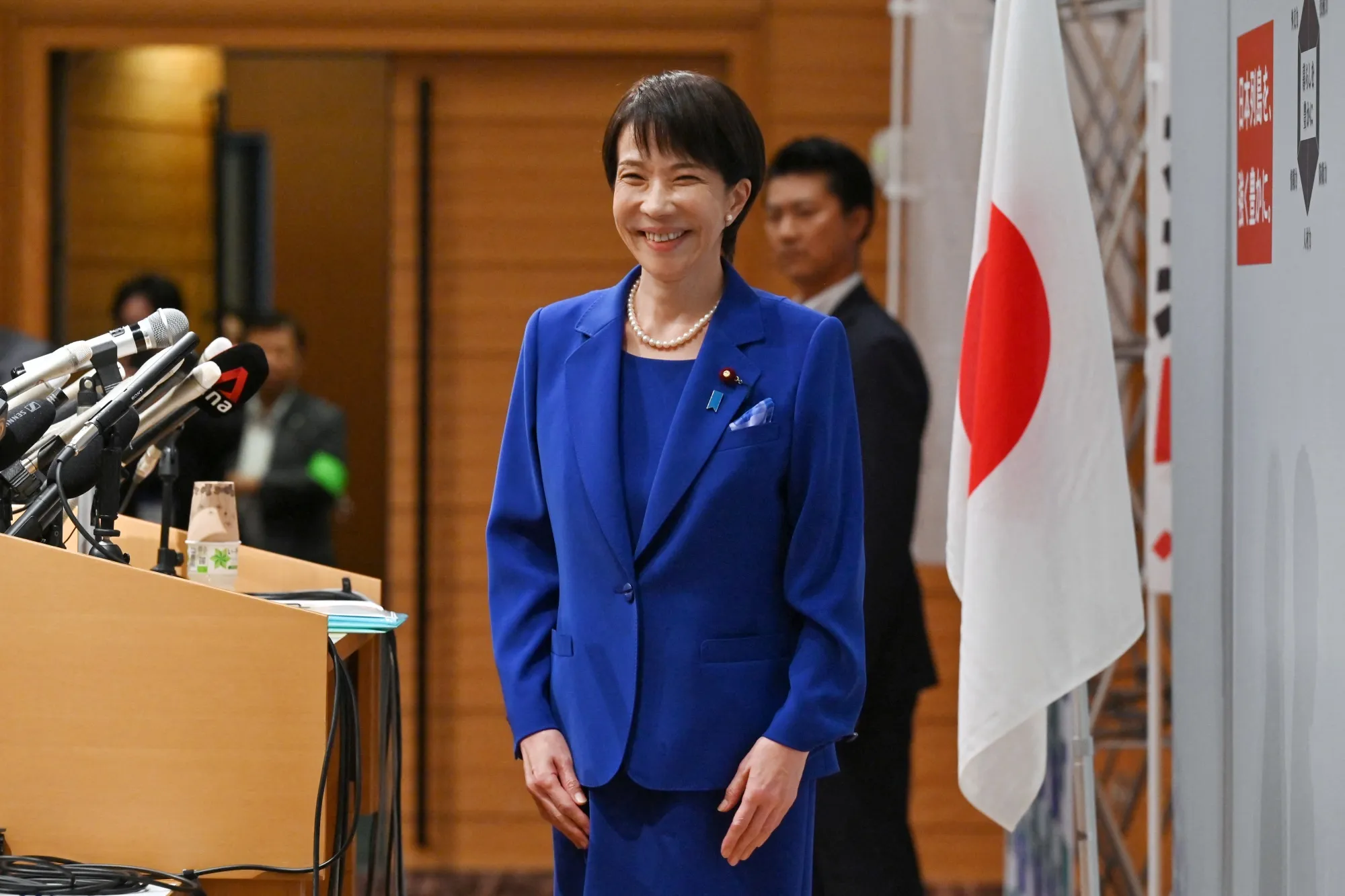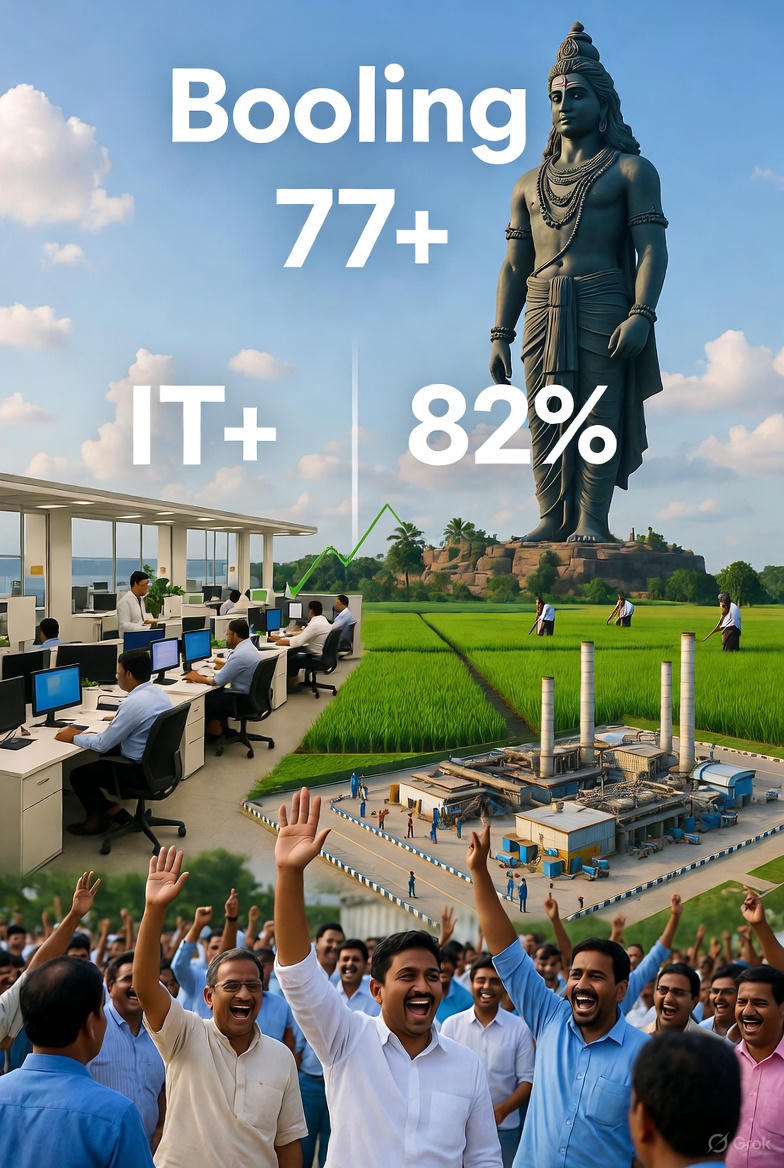By_Suraj Karowa/ANW , Tokyo, October 21, 2025

– In a landmark moment for Japanese politics, the Diet has elected Sanae Takaichi as the nation’s first female prime minister, ushering in a new era amid ongoing political turbulence. The 64-year-old ultraconservative leader from the Liberal Democratic Party (LDP) secured the position on Tuesday, replacing Shigeru Ishiba after his brief one-year tenure ended in resignation. This election comes on the heels of the LDP’s devastating losses in the July polls, which triggered months of internal strife and coalition reshuffling.
Takaichi’s victory in the Lower House was decisive, garnering 237 votes against 149 for Yoshihiko Noda, leader of the opposition Constitutional Democratic Party of Japan (CDPJ). As the results were announced, Takaichi rose, bowing deeply in a gesture of humility amid applause from her supporters. The Upper House is expected to follow suit, formalizing her role later in the day. She will then unveil her cabinet, anticipated to include key allies of influential LDP figure Taro Aso, reflecting the party’s factional dynamics.

The path to Takaichi’s premiership was fraught with challenges. The LDP, which has dominated Japanese governance for decades, faced a near-collapse after scandals involving slush funds eroded public trust. Ishiba’s administration, lasting just a year, failed to stem the tide, leading to his exit and paving the way for Takaichi. Her ascent was bolstered by a last-minute coalition agreement with the right-wing Japan Innovation Party (JIP), also known as Ishin no Kai, led by Hirofumi Yoshimura from Osaka. This alliance replaces the LDP’s long-standing partnership with the more centrist, Buddhist-backed Komeito, which parted ways citing dissatisfaction with the LDP’s handling of corruption and policy divergences.

The new coalition emphasizes hawkish policies aligned with Takaichi’s nationalistic worldview. Key agreements include bolstering Japan’s military capabilities, pursuing economic revitalization, and advancing revisions to the pacifist constitution—a hallmark of her mentor, the late Shinzo Abe.
However, the partnership falls short of a parliamentary majority in both houses, forcing Takaichi to negotiate with other opposition groups for legislative support. Analysts warn this could render her government fragile, potentially short-lived, and prone to gridlock.
LDP Secretary General Shunichi Suzuki highlighted economic priorities in a statement to NHK, apologizing for the delays caused by party infighting. “Tackling rising prices and implementing measures to boost the economy are our top concerns,” he said. “We aim to cooperate across parties to meet the people’s expectations.” Indeed, public frustration over inflation, stagnant wages, and demographic challenges like an aging population looms large. Takaichi faces immediate deadlines: a major policy speech this week, bilateral talks with U.S. President Donald Trump, and regional summits. By late December, she must compile stimulus packages to address these issues.
Takaichi’s profile adds intrigue to her leadership. A parliamentarian since 1993, she has held senior roles, including minister for economic security and internal affairs. An admirer of Margaret Thatcher, she embodies a tough, conservative stance, advocating for a stronger defense posture amid regional tensions with China and North Korea. Yet, her diplomatic experience is limited, raising questions about her handling of international relations. Her recent toning down of rhetoric—such as sending a religious offering to Yasukuni Shrine instead of visiting in person—signals an effort to appease critics in Beijing and Seoul, who view such actions as insensitive to Japan’s wartime history.
Domestically, Takaichi’s views on social issues have drawn scrutiny. While breaking the glass ceiling as Japan’s first female PM, she has resisted progressive reforms. She opposes same-sex marriage, supports male-only imperial succession, and rejects allowing married couples separate surnames—positions that clash with calls for gender equality and diversity. Critics argue this stance undermines her historic role, with one commentator noting, “She’s the first woman PM, but in no rush to advance women’s rights.” Supporters, however, praise her focus on traditional values and national strength.
The opposition’s disunity played a pivotal role in her win. Despite the LDP’s vulnerabilities, parties like the CDPJ failed to coalesce, missing a golden opportunity to seize power. Komeito’s departure, driven by concerns over Takaichi’s revisionist leanings and xenophobic remarks, further fragmented the landscape. JIP’s decision not to take ministerial posts initially suggests caution, with Yoshimura stating they will monitor the partnership’s viability.
Public reaction, as seen in online comments, is mixed. Supporters hail it as a “wonderful” step to “Make Japan Great Again,” echoing global populist sentiments. Detractors lament the return of LDP dominance, with one user quipping, “Strap in. This is going to be a wild ride.” Others express hope for economic relief: “Make the yen strong again, decrease prices, increase salaries.”
As Takaichi steps into the role, Japan stands at a crossroads. Her administration could revive the economy and fortify alliances, particularly with the U.S. amid Trump’s return. Alternatively, internal divisions and opposition pushback might hobble progress. With eyes on her meeting with Xi Jinping in South Korea soon, the world watches to see if this “Iron Lady” of Japan can forge stability from chaos.
In related developments, Takaichi has appointed Katayama Satsuki as finance minister, marking another first for women in a high-profile economic post. This move underscores a subtle shift, even as broader diversity efforts lag.
Japan’s political saga continues, but for now, history is made. Takaichi’s tenure begins with promise and peril, embodying the nation’s enduring quest for renewal.
Discover more from AMERICA NEWS WORLD
Subscribe to get the latest posts sent to your email.









































Leave a Reply